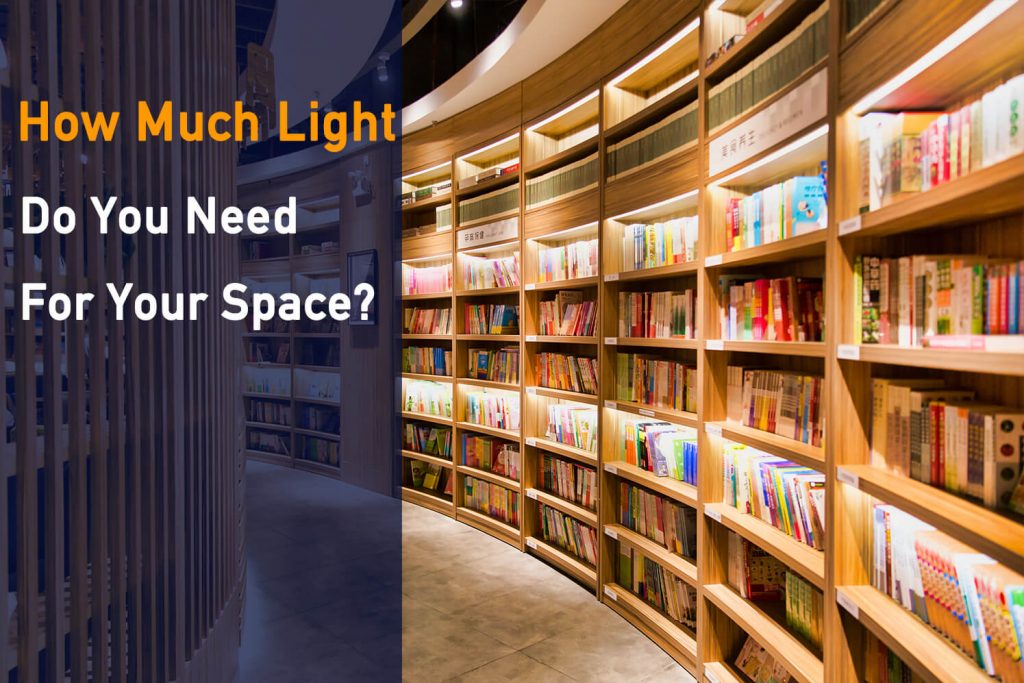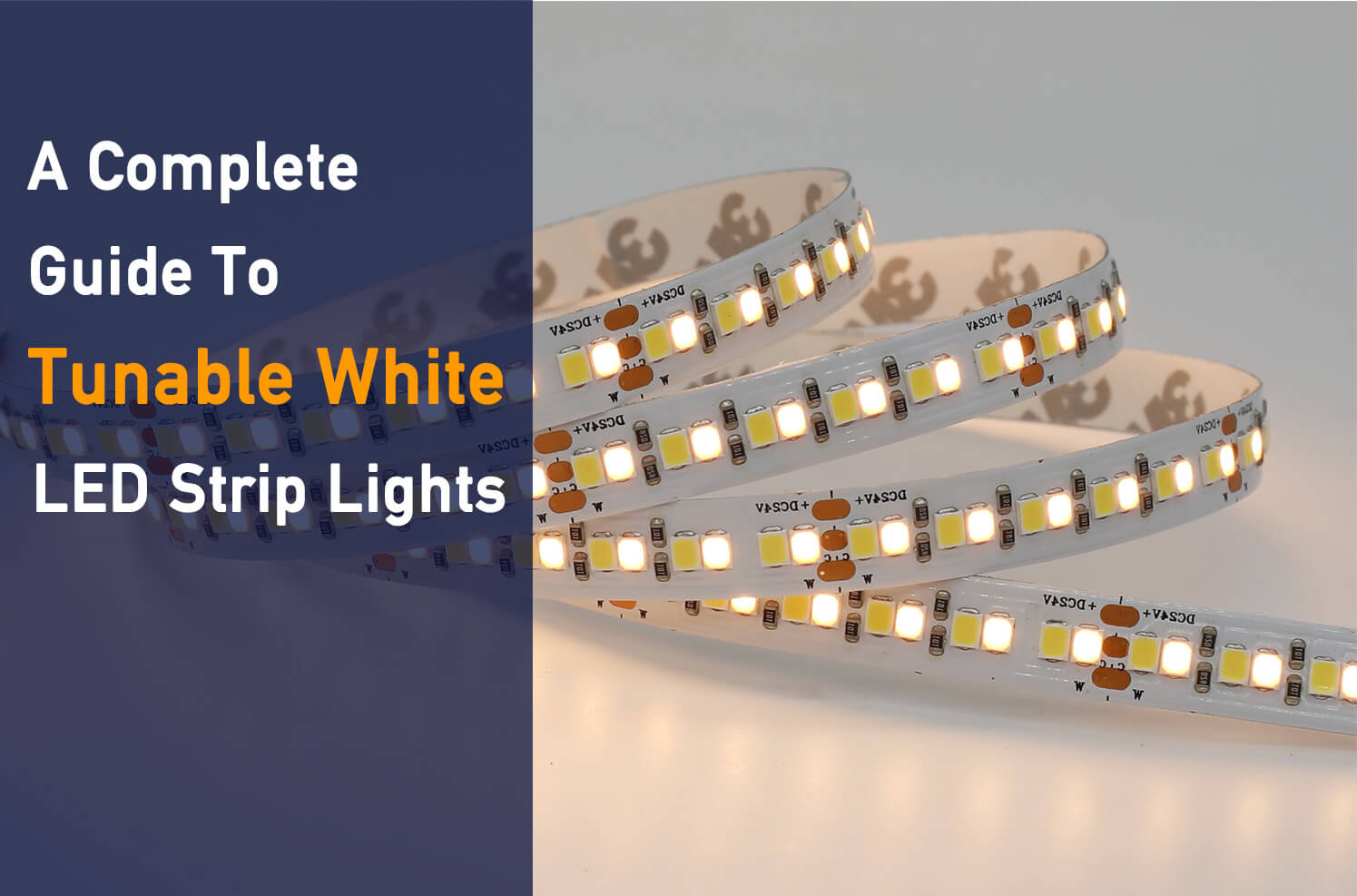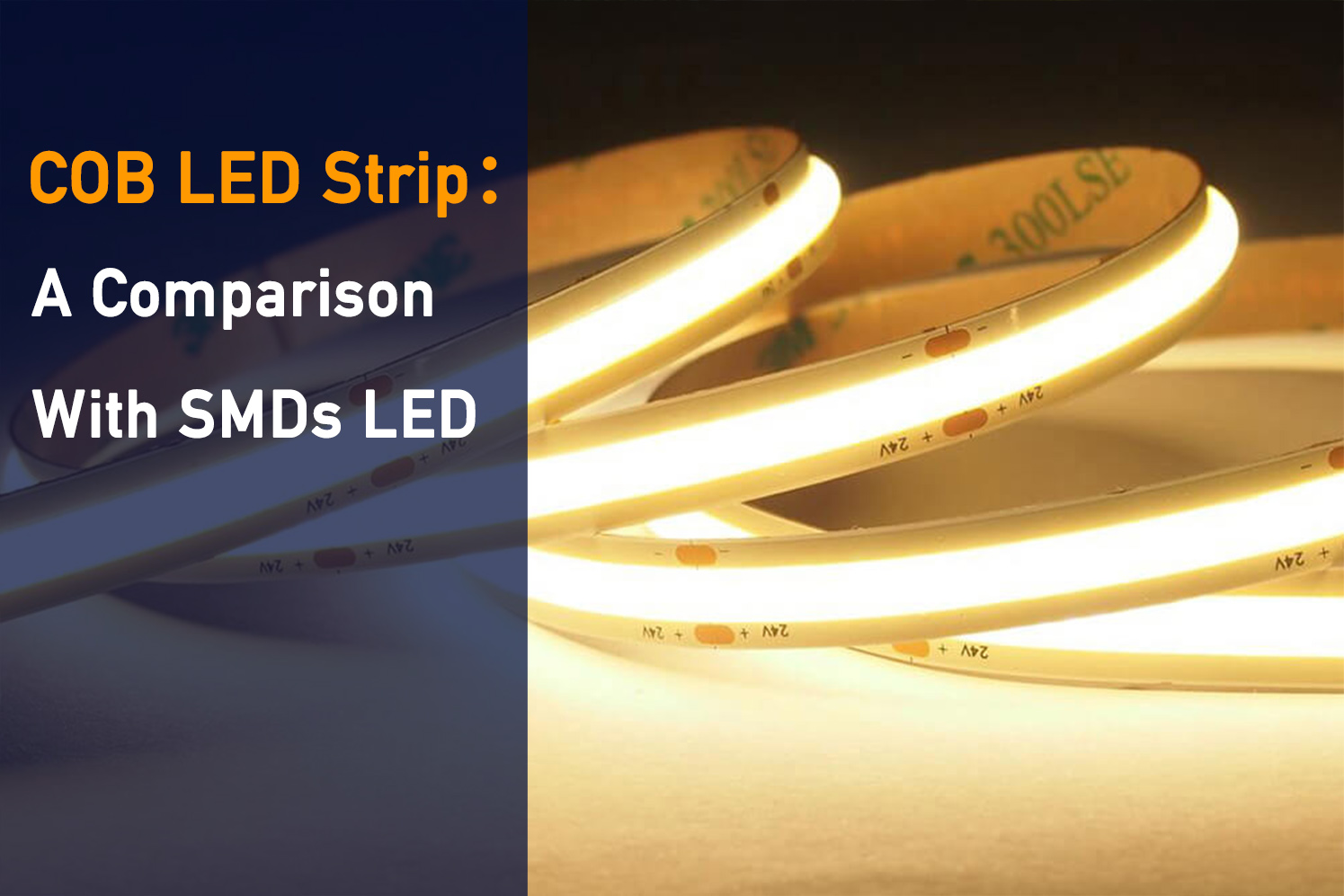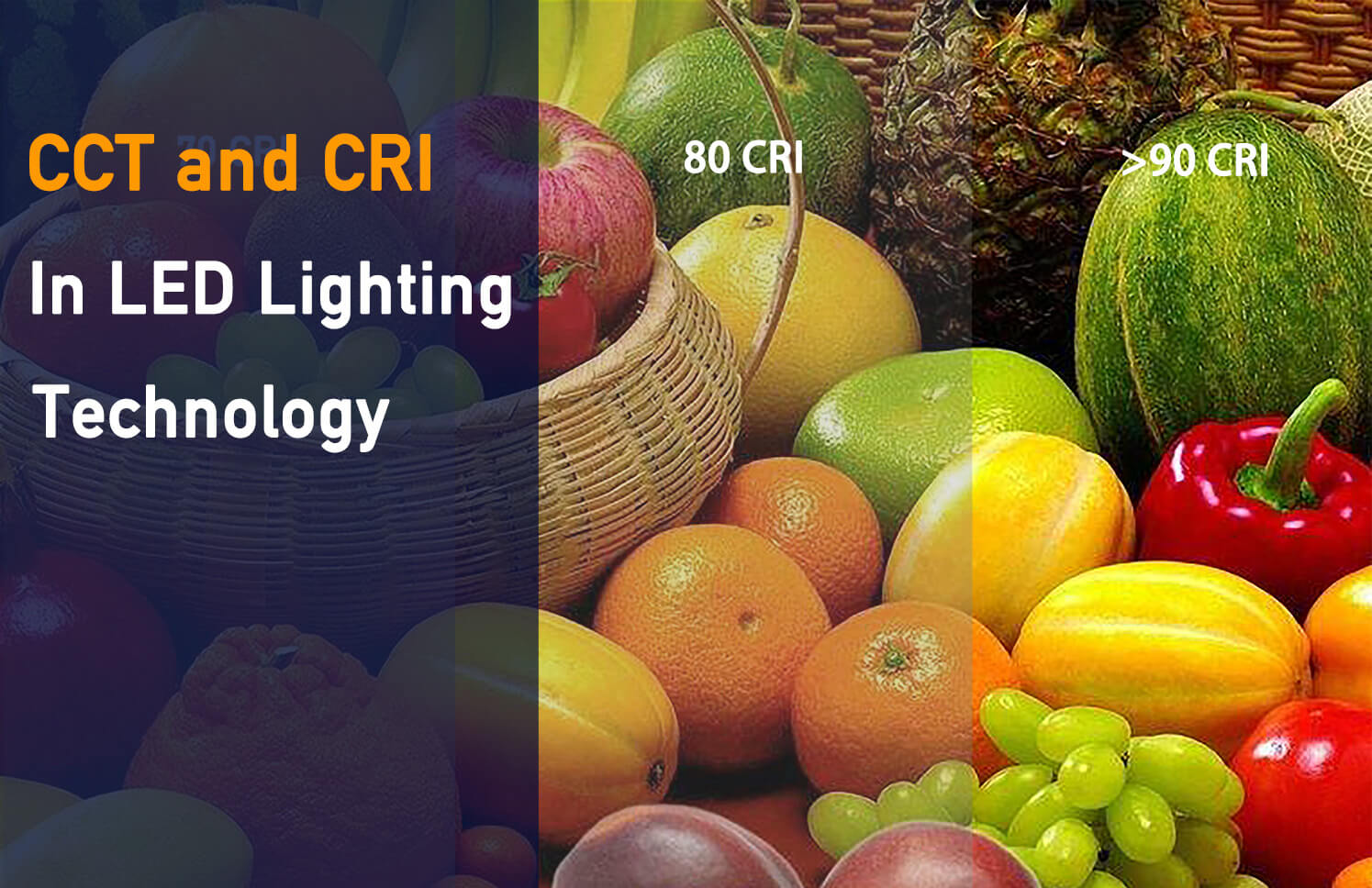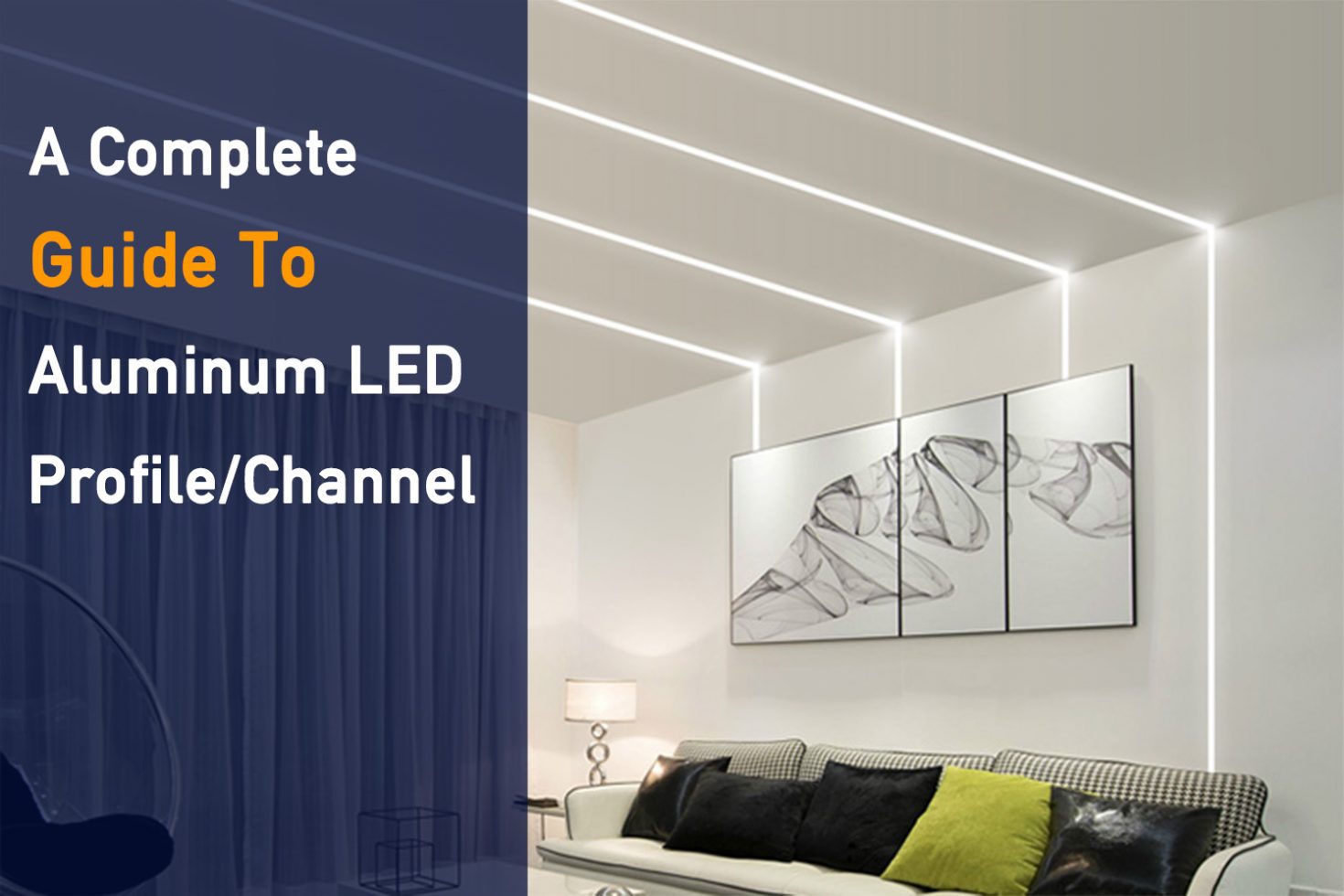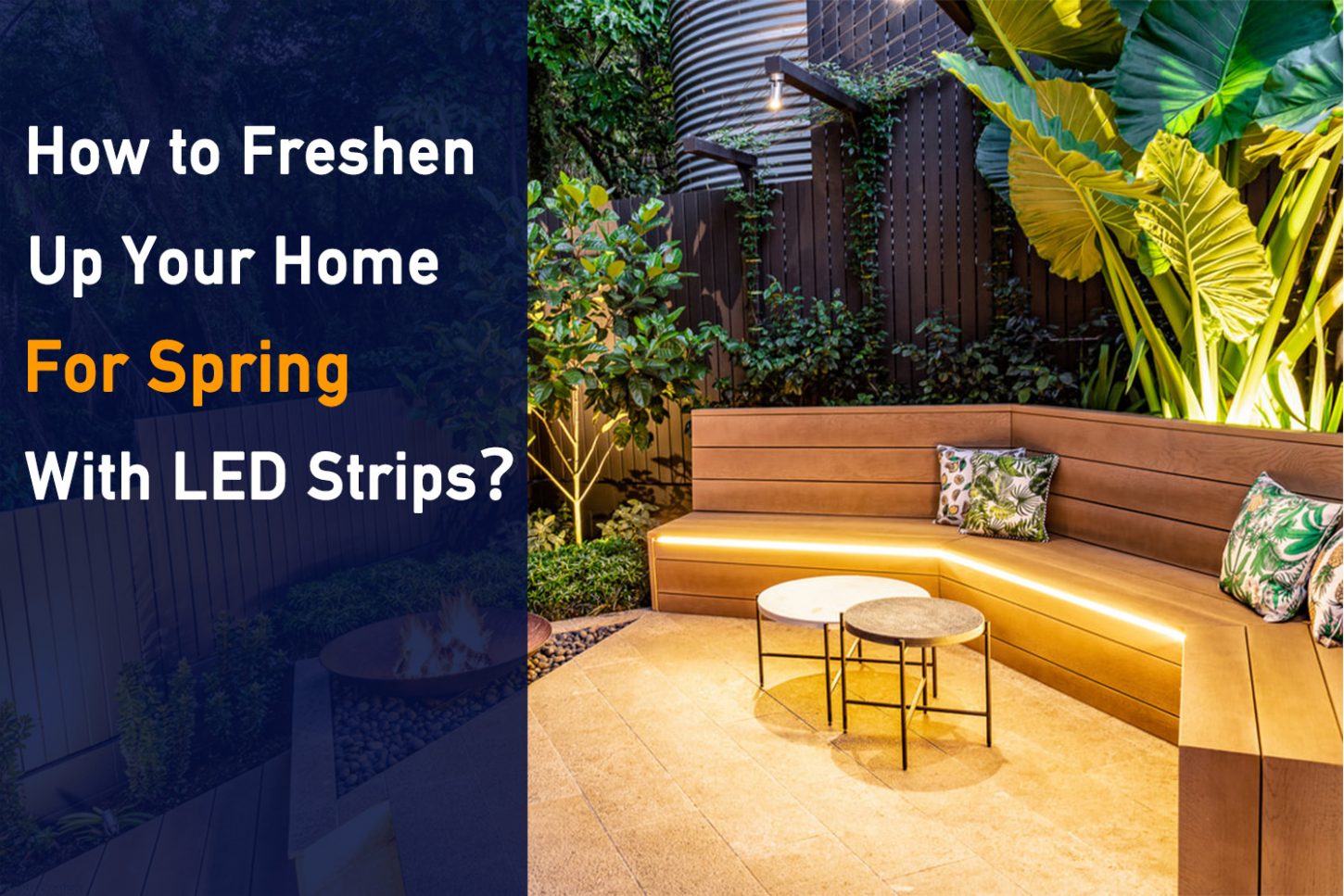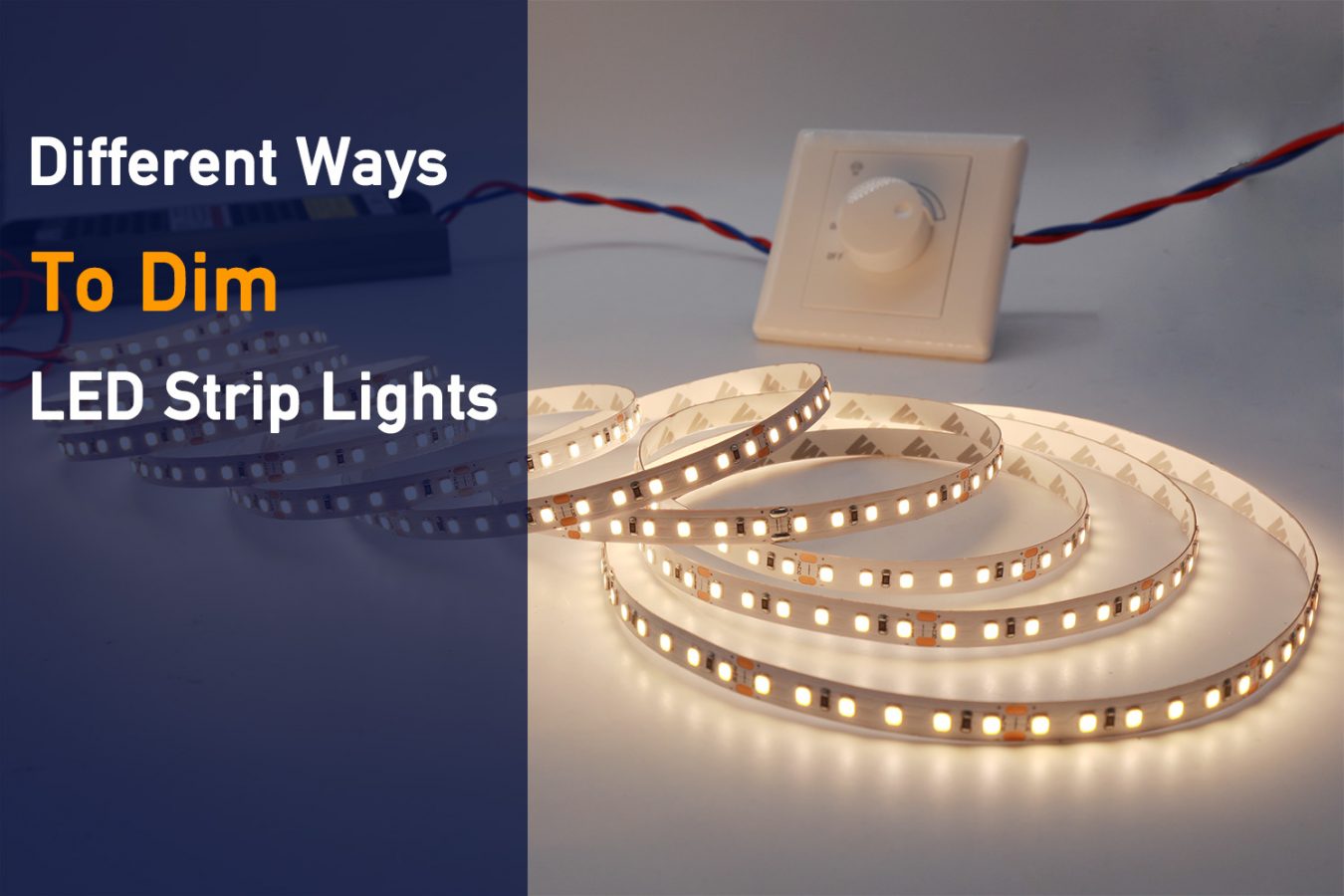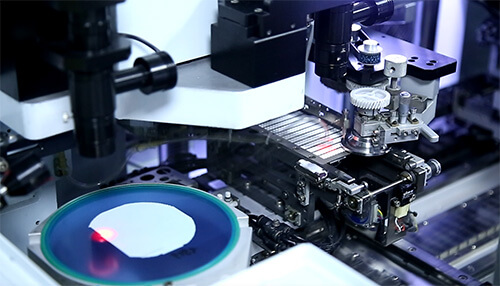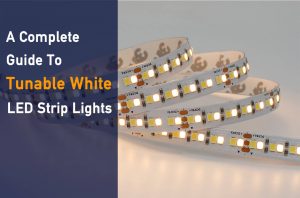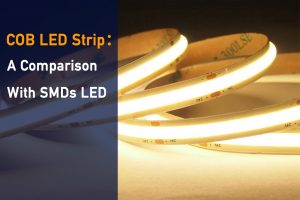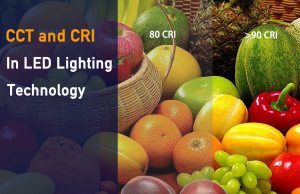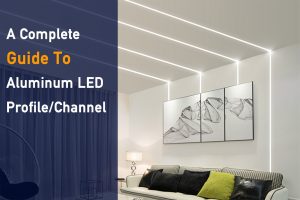You can easily argue that lighting is the most important room design feature. That’s no wonder since lighting sets the mood and atmosphere for a particular space. Want to get the most out of a room’s aesthetics? Consider various lighting factors, like placements, color temperature, and of course, lumens. Designers and architects often refer to the lumen method when measuring “how much” light you need.
1. The Importance of Lighting in Room Design
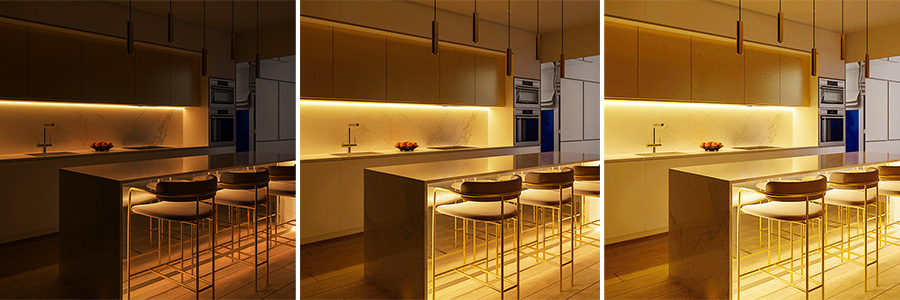
Looking for a relaxing evening after a stressful day? Enter a room with warm, cozy lighting, and you can almost immediately feel at ease. Now, go to the same room with harsh, out-of-place lights, and you’d immediately feel turned off.
Getting the proper illumination sets the mood for any space. Imagine working in an office with inadequate lighting. Chances are, you won’t be as alert and productive as you could. You’ll struggle to do your best work. Lighting is a mood-changer, so it’s essential to address it from day one.
2. Figuring Out The Right Amount of Light
When going through your lighting design process, you’ll need to be familiar with the lumen method. It’s a simple method used to calculate the amount of light a room needs. It’s practically the first step in determining the type of lighting you need for a specific purpose.
Before we go over how to calculate light levels, let’s get you familiar with a couple of essential terms. This know-how can be helpful when picking the right lighting products for your project.
Lumens
In the past, we used to ask “watt” when choosing a lamp. The higher the wattage, the brighter the incandescent lamps. But with the popularity of high-efficiency LED lighting, which with the same watt as incandescent lamps obviously has higher brightness. So when we choose LED lighting right now, we are more likely to refer to the “lumens” which is directly equated with brightness.

Lumens are simply a measure of light output. Or, as you might call it – brightness. When we talk about “how much” light we need, we’re really talking about the number of lumens. It’s a valuable measure when determining the light levels you need for a specific function.
A 3.5-watt 1-foot LED strip can produce 450 lumens, equivalent to a 40-watt incandescent bulb. This lumen amount is perfect for accent and indirect lighting. Meanwhile, a standard 100-watt incandescent bulb can produce up to 1,700 lumens. This lumen count typically does well for bright ambient lights.
- 450 Lumens = A 3.5watts LED strip light = A 40watts incandescent bulb
Wattage
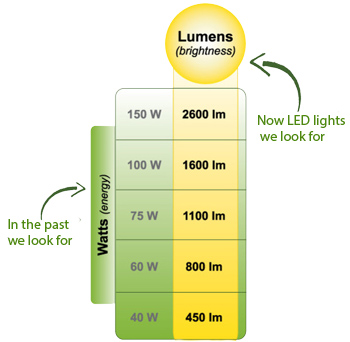
Watts measures electrical power. It shows how much energy you’ll need to reach a certain amount of brightness (or lumens). Learning about wattage is essential. After all, not every light source requires the same amount of energy in watts to produce the same results.
- Watt = AMP x Volt = A x V
LEDs, for instance, require significantly less power than fluorescents and incandescents. In the example above, our 1-foot LED strip only took 3.5 watts to produce 450 lumens. Meanwhile, an incandescent bulb needs 40 watts to have the same lumen results.
It can be seen that at the same brightness, LED strip light can save a lot of electricity compared with incandescent lamps, thus saving you a lot of electricity bills.
Efficiency
Efficiency measures how many lumens a light source can produce for consuming a single watt. Obviously, the more lumens a light source can make out of a single watt, the more efficient it becomes. Higher efficiencies result in more energy savings.
- Efficiency = Lumens / Watts
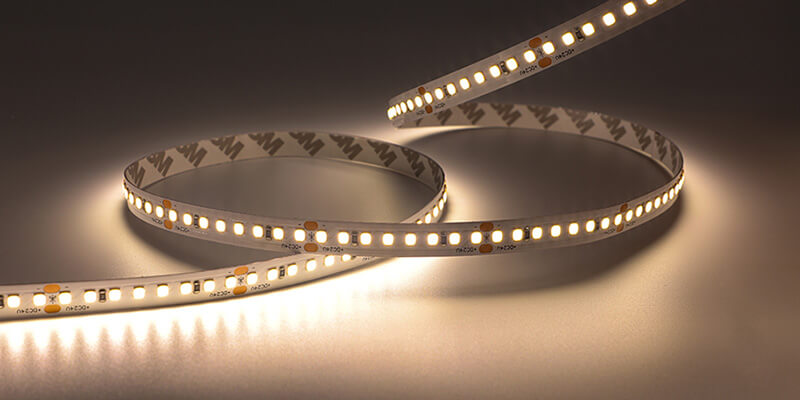
LED strip light is more and more popular because of its high light efficiency, energy-saving, and environmental protection. Myledy’s high light efficiency LED light strip lighting can even achieve 150Lumen/Watt to 180Lumen/Watt.
Footcandle & Lux
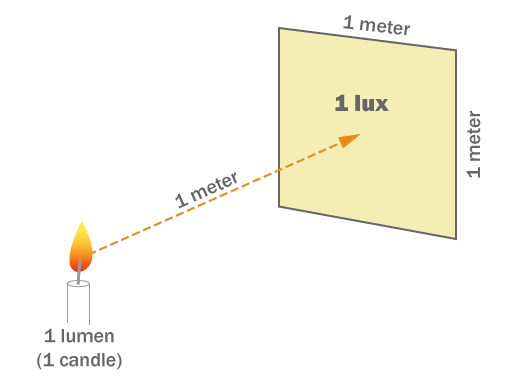
Footcandle and lux measure the same thing: illuminance. In other words, it measures the amount of light that illuminates or falls on a surface. The difference is that the footcandles follow the SI measurement system. Lux falls on the Metric system.
Light naturally disperses around an area. And the farther it travels, the more it’s going to spread. Lumen measures “how much” light a light source emits. Footcandle and lux measure that light’s “spread.”
3. Calculating Ideal Light Output with The Lumen Method
You can calculate how much light you’ll need for your space using the Lumen Method. There are two ways you can calculate your needed lumen output. You can calculate using footcandle if you prefer SI units. Or lux if you choose the metric system.
Either way, we can determine the right amount of brightness output using four simple steps.
Calculate the room area either in square feet or meters.
You simply multiply the room’s length and width. If you have a 20 feet long and 15 feet wide space, you’ll have a room area of 300 sq. ft. If your room has uneven shapes, break it into even squares to calculate the area. Alternatively, a 20-meter long, 15-meter wide space will have an area of 300 sq. m.
Figure out your room’s purpose.
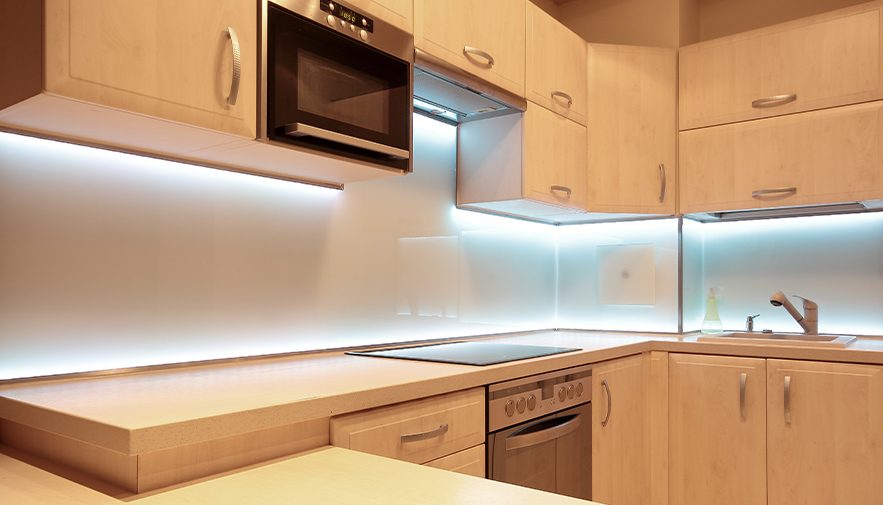
Your lighting needs will vary depending on the room you’re trying to illuminate. Task-oriented rooms like a kitchen will require more lighting than a cozy living room.
Determine the footcandle and lux you’ll need to implement for your room’s purpose.
Here’s a table showing the recommended footcandle and lux for standard rooms in a home.
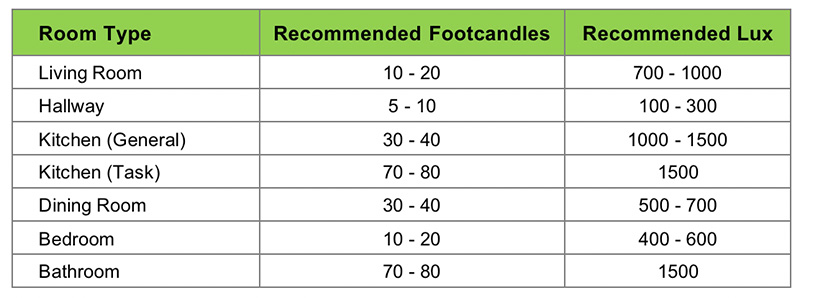
4. Multiply the room’s area to the footcandle/lux requirement of that area.
This last step gets you the lumen amount you’ll need for a specific application. If your living room has an area of 100 sq. ft., you’ll need to multiply it by the footcandle requirement of 10 – 20.
The calculation will show you that you’ll need approximately 3000 – 6000 lumens to illuminate a 300 sq. ft living room properly. Remember that if your area ties to a metric unit like meters, you will have to use lux to get the proper lumen value.
4. Get the Most Out of Room’s Lighting
Figuring out the right amount of lumens you need for a particular application is straightforward. Just a couple of easy math, and you’re good to go. Want to make the most out of your lighting? Choose an energy-efficient solution.
Compared to your standard lighting, LEDs consume far less energy for the same output. With LEDs, you get the same lumens while using only a tenth of the wattage requirement of a standard incandescent.
And if you need flexibility, opt for LED strip lights. Strips are affordable, energy-efficient, and allow for countless customizations.
Visit Myledy to see our collection of premier LED strips.

